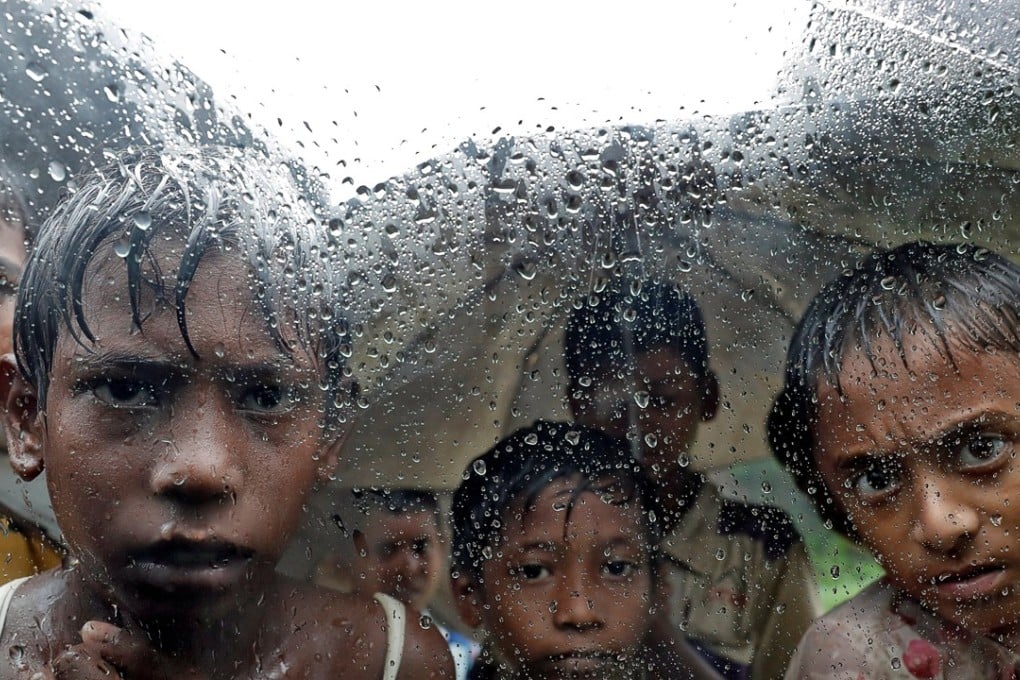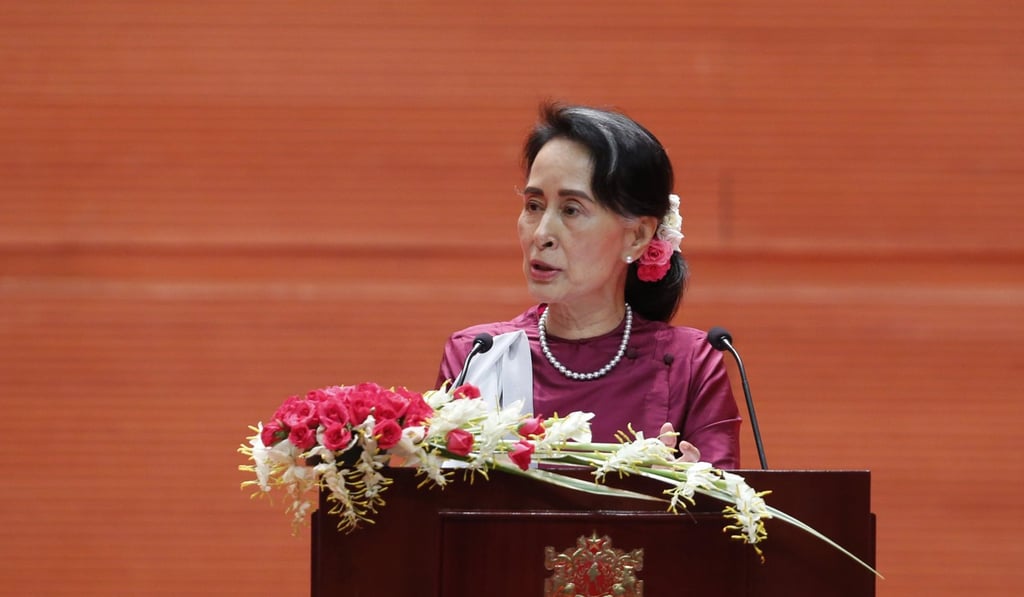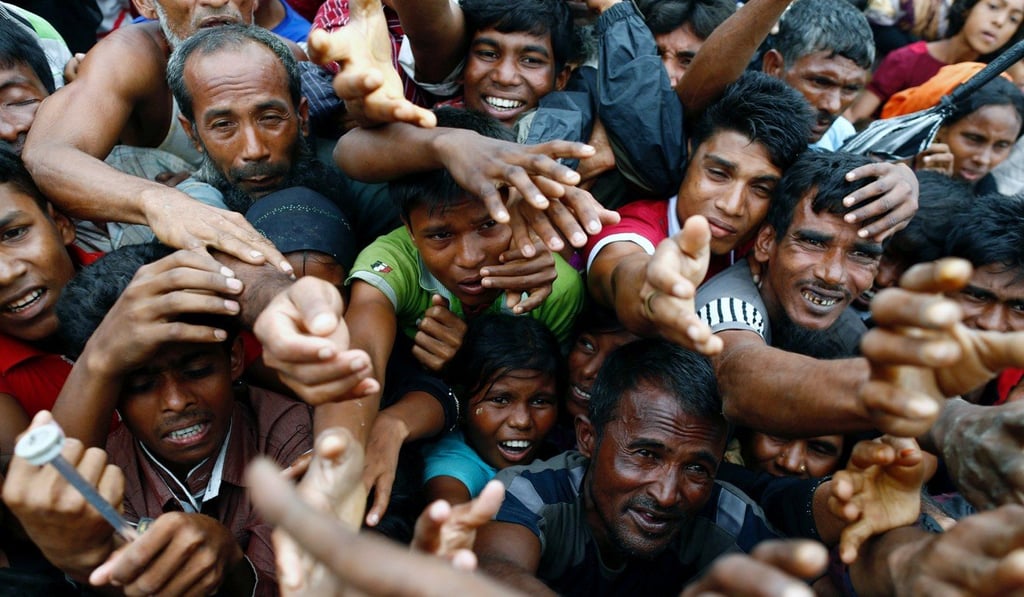Outside In | Myanmar’s problems go far deeper than the Rohingya crisis
Aung San Suu Kyi is in a tricky position, knowing she has only the most limited influence over the Tatmadaw, the country’s all-powerful army

In Harvard last week, hundreds gathered for the 2017 Ig Nobel Awards, celebrating research on why old men have big ears, whether cats are solid or liquid, and whether gamblers take bigger risks in the casino after they have hugged a crocodile.
If developments in Myanmar were not so horribly unfunny, Nobel Peace Prize winner Aung San Suu Kyi would have been a prime candidate for “Ignobility”.
From the high hopes generated when the military ceded parliamentary power in 2011, and when she received her Peace Prize in 2012 (she in fact received the award in 1991, but was under house arrest at the time), she has fallen far. A Financial Times editorial reached its own harsh and perhaps premature view after her tepid address last week: “Her chance has come and gone and she has failed the test.”
Whether this is her own fault, falling short of the “Mandela” expectations of her, or the product of falsely inflated expectations in a nightmarishly complex country, only time will tell. Meanwhile, hundreds of thousands in Myanmar continue to suffer, and the potential of one of Asia’s largest and best resource-endowed economies continues to be untapped.

But the “Myanmar problem” is much more than this. First, despite the Buddhist majority, the country is thought to be home to around 100 different ethnic communities, 17 of them with their own ethnically-based armies. Kachin and Shan populations along the border with China’s Yunnan have been in a state of civil war with the country’s 400,000-strong army, called the Tatmadaw, virtually since General Ne Win brought the military to power in a coup in 1962.

